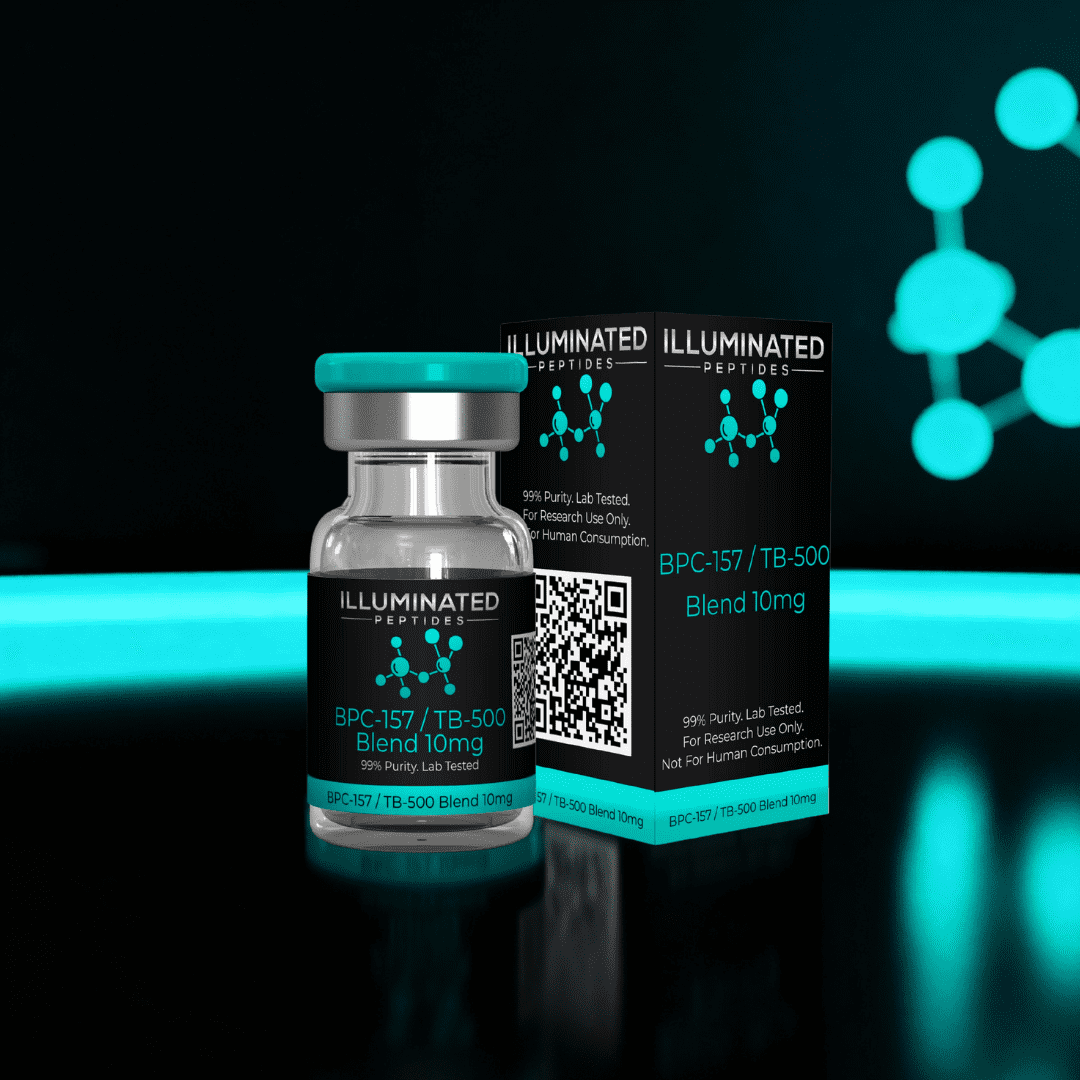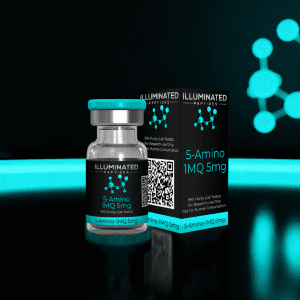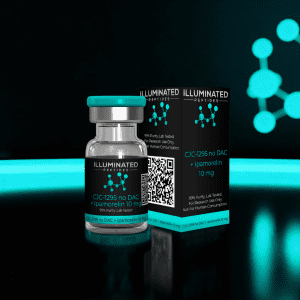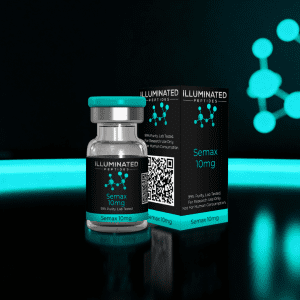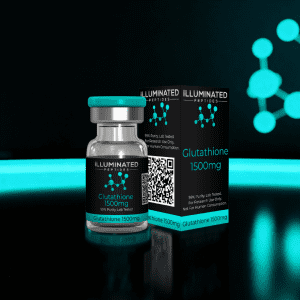Description
Potential Synergy of BPC-157 and TB-500 in Wound Healing
Experimental findings suggest that BPC-157 and TB-500, though acting through different molecular pathways, may work in tandem to support tissue regeneration. When evaluated together in preclinical settings, these peptides have shown potential synergistic effects on processes related to wound repair and recovery.
Cell Migration
Successful tissue repair depends on fibroblasts, which regulate extracellular matrix production, as well as immune cells that coordinate inflammatory and healing responses. For these cells to operate effectively, they must reach the injury site through a process called migration. This activity is highly dependent on the structural protein actin. Research indicates that BPC-157 can promote actin production through gene-level influence, while TB-500, as an actin-binding peptide, directs actin toward areas where filament formation is necessary for cell movement. When studied in combination, the peptides appear to boost both the availability and functionality of actin, leading to faster migration of fibroblasts and immune cells toward damaged tissue.
The Big Picture Involves Growth Hormone
Investigations have shown that both BPC-157 and TB-500 interact with growth hormone-related pathways during tissue repair. BPC-157 has been associated with increased expression of growth hormone receptors on fibroblasts, extending their activity and supporting regeneration of soft tissue. In parallel, TB-500 provides enhanced actin dynamics, allowing fibroblasts to make effective use of their prolonged activity. Some preclinical discussions also explore how these peptides might complement additional agents, such as collagen or growth hormone secretagogues, to further support recovery. Although still an emerging field, these insights highlight the possible connection between growth hormone signaling, fibroblast regulation, and peptide-based research in wound healing.

